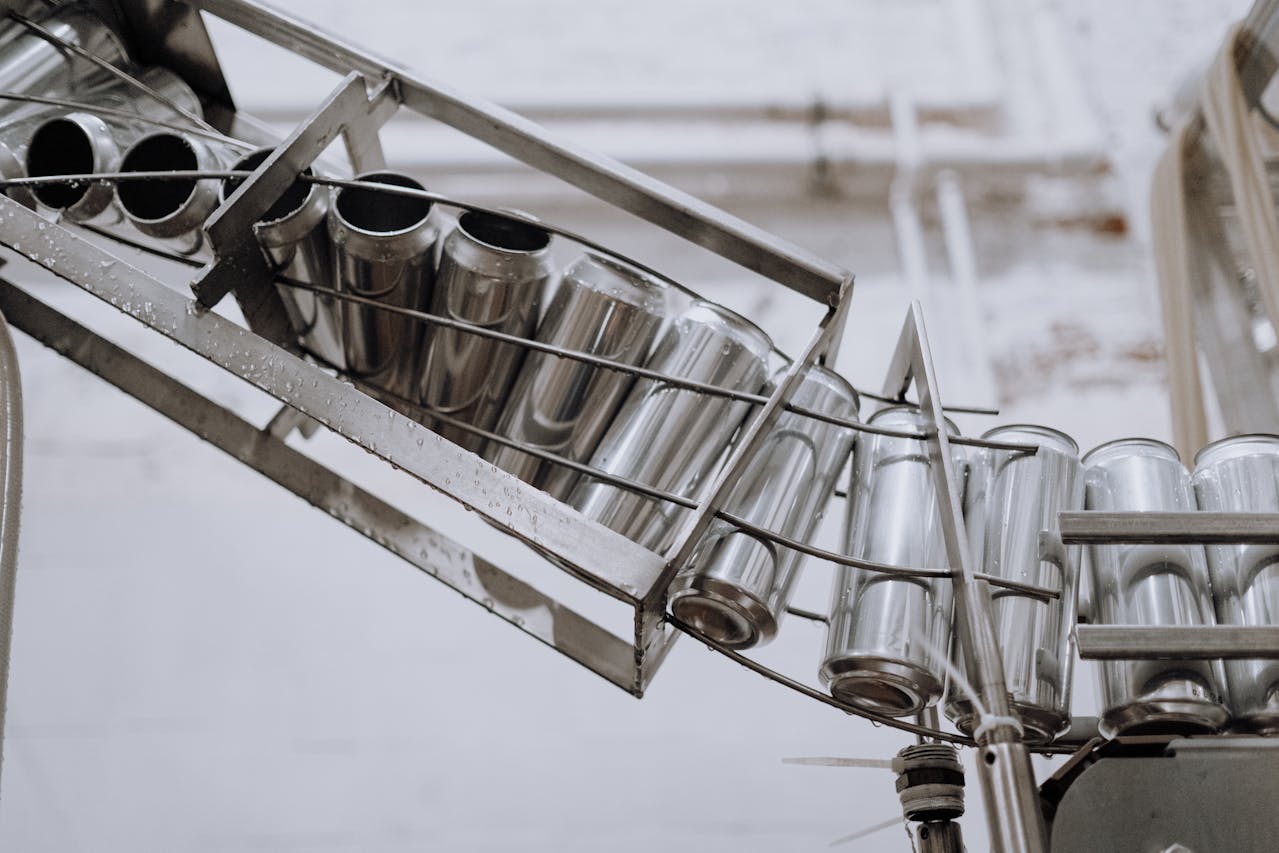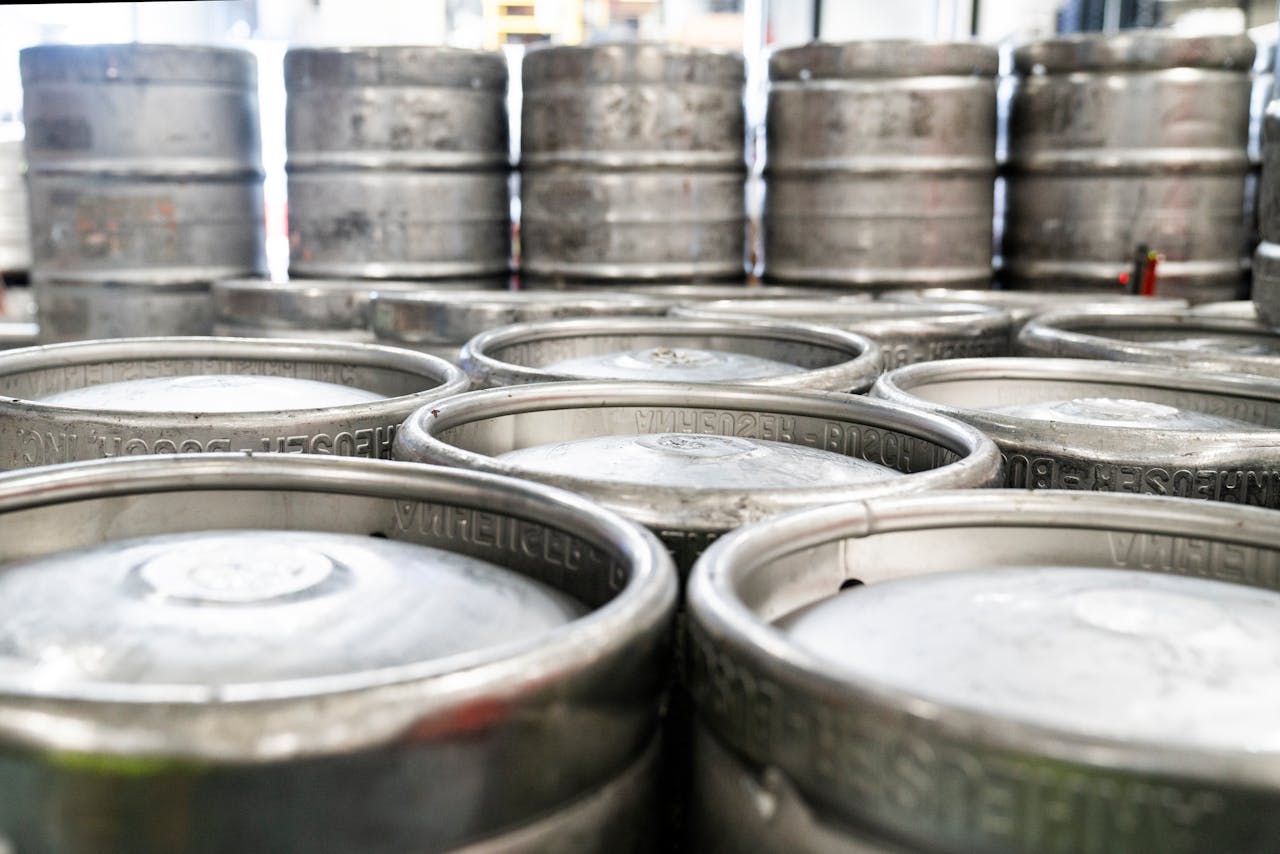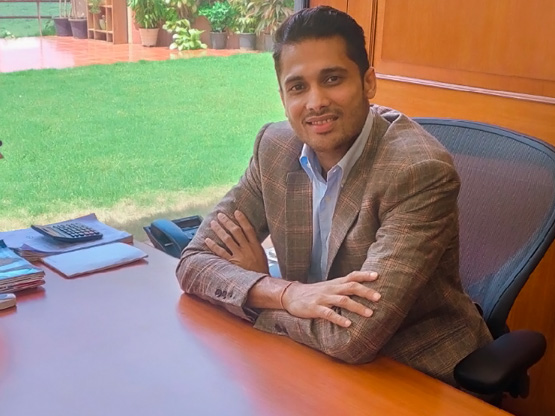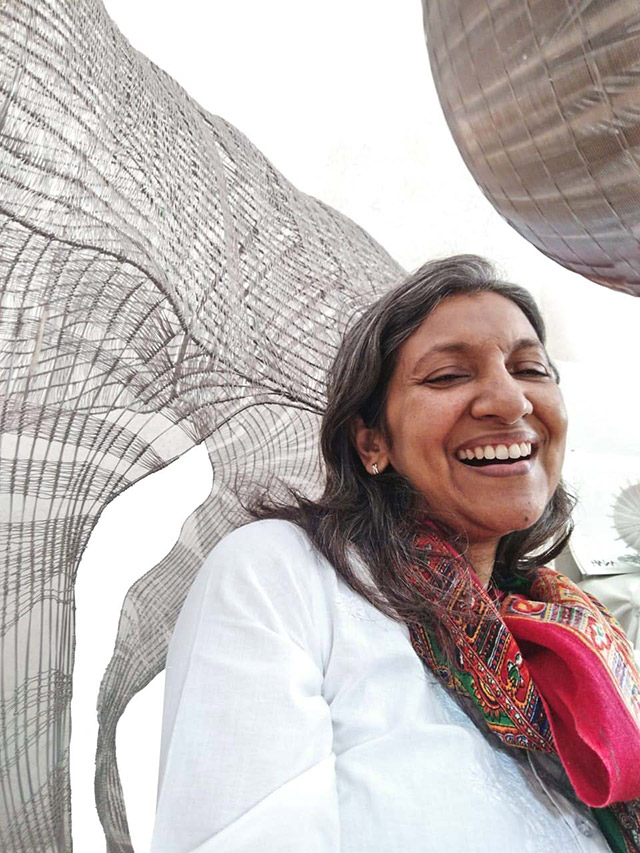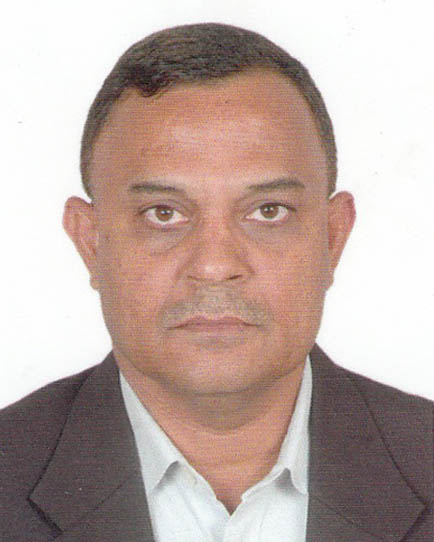With Secretary-General, World Stainless, Tim Collins
September 29, 2023
This month, we have a special guest from the stainless steel fraternity – Tim Collins. He is the General Secretary of worldstainless, a not-for-profit organization founded in 1996. Tim is a renowned personality across the stainless steel fraternity who has been associated with the industry for more than four decades now. Catch this insightful conversation between Tim Collins and Supriya Sundriyal to understand how stainless steel should be the preferred metal for all major infra projects.
Tell us about yourself (childhood, education, profession, aspirations, hobbies, etc.)
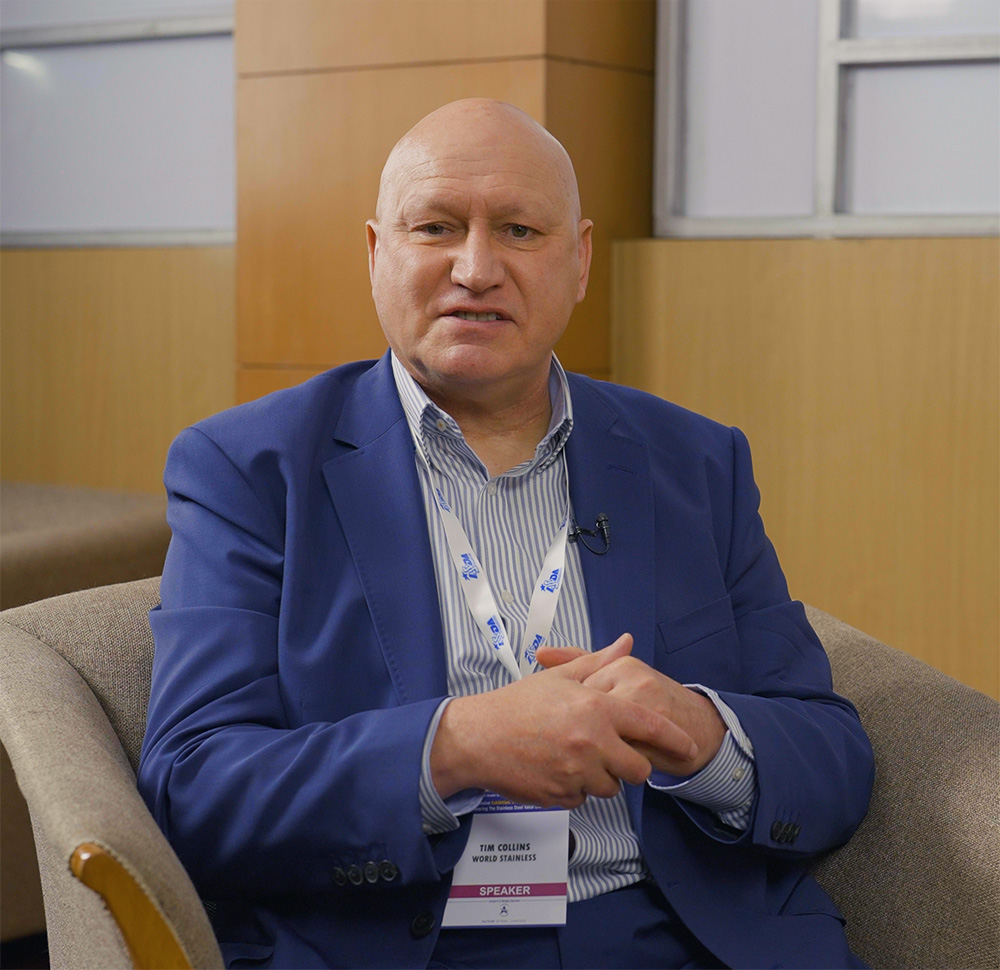
I was born in the city of industrial Sheffield in the UK in the early 1960s. And I grew up there. My father ran a company that was actually founded by Harry Brearley. who is credited with the first ever cast made of stainless steel back in 1913. And as a teenager, I worked for my father in the summer holidays from school. So I think my destiny was set in those years having sort of worked with stainless steel, although I didn’t really understand much, I was just a labourer on the shop floor then for those few months every year. But after I’d gone to university to study metallurgy, so I’m first and foremost a material scientist. And my only ambition was to be a metallurgist, I enjoyed the factory environment. But as things changed over the years, I had opportunities through mergers and acquisitions, in both supply chain management and operations managing as well, which I really enjoyed. So I never then had a desire to leave the industry. And it was a continuous development career for me. I was learning all the time. And hopefully, that sort of allowed me to bring some of my learnings back to other people within the industry that I’ve made many friends of over many years. As you said, it’s more than four decades now. And I still feel like I’m 18, which is rather nice, you know, I still feel that youth, that energy, the enjoyment of the industry, and it’s an industry full of good people, too. And I think that helps when you’re working with decent, honorable, reliable and caring people. It makes your work life so much easier.
Since you have been a part of the stainless steel industry for more than four decades now, how do you think the industry has evolved over the years?
That’s a really interesting question, because in my sort of 43 years as it is now, I’ve seen many changes. There were some obvious applications when I joined the industry in the 1980s. In particularly in domestic appliances, in cutlery and tableware, and less so apart from outside food processing, and chemical processing less in other parts of the usage sectors. However, what has become more and more apparent is vehicular usage, particularly exhaust systems for stainless steels, in cars and other vehicles. I think now taking off is the sort of structural applications for stainless steel supported by the development of structural standards and specifications. And I think some other interesting features in architecture and urban settings, where traditional materials are now being replaced with stainless steels because of their timeless appeal. So there’s a huge development in terms of the applications, and I think many more to come in the coming decades too, which is very encouraging for the industry.
What do you think the new trends in the global stainless steel industry that you’ve witnessed?
I think there’s a couple of obvious ones that are sort of standout opportunities and some to come a little later, perhaps. I think one of them being the building and infrastructure, with the need to protect our society, our coastline economies, particularly in countries that have corrosive environments. Generally, stainless steel becomes the compelling family of materials of choice because it will last for more than 100 years comfortably. We have plenty of examples of that around today. I think also as people start to understand that whilst we’ve enjoyed the benefits that plastics have brought, the fact that we have this single use concept with plus plastics can actually be replaced effectively with stainless. And now that we have things like microwave safe stainless steel food containers, there’s a huge potential to move food handling food processing into a new arena that everybody can enjoy safely. So I think that those are two really big opportunities. But then when you look at the transformation to green energy, and the changing grid mix country level, I see again, that’s starting to pick up and opportunities for stainless in hydrogen production, and solar and wind turbine systems. There’s a huge amount in energy generation. And the development there will be at different stages, depending on different countries, development of sort of green energy technologies. But I think it’s all exciting for stainless.
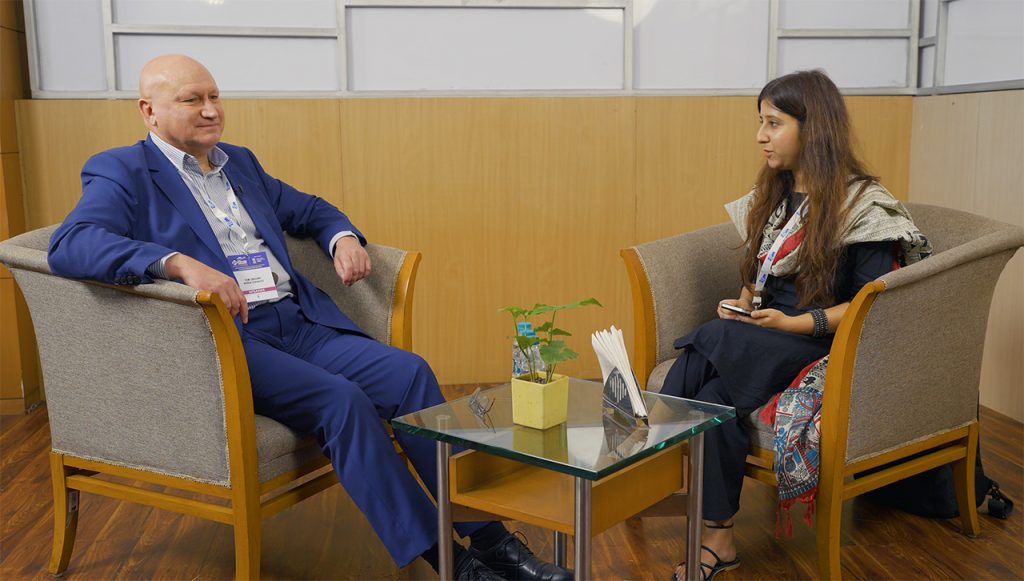
India is also very keen on green hydrogen, actually, and Jindal stainless is going to come up with a green hydrogen plant very soon. What do you think about the market scenario in India, for the stainless steel industry? How do you see the growth here?
I think India is in quite an interesting and unique position, when you look at the sort of countries and regions worldwide, the growth in stainless production and consumption in India has been quite rapid over recent years. But what I think is encouraging from an Indian perspective, is that there is a clear development in the infrastructure, which I think needs to come first and foremost, to allow other sectors to develop. And I think if India continues that track, stainless steels are a perfect fit because of the same sustainability characteristics. But then as people get a little wealthier, they start to buy products that use stainless. So I think there are two things that sort of run almost in parallel. So there’ll be economic development, sort of wealth growth, more stainless steels get consumed. I think that’s all encouraging.
How do you attribute the growth of stainless steel in India?
I think there’s two obvious sectors in the recent history of India, notwithstanding what will come next, of course, but I think what is classed as sort of generic metal goods, so containers, packaging, tools, all made of stainless, as economies grow, the consumption of stainless naturally falls into that collection of applications. But also mobility as well, as people start to own more and more cars. I remember growing up in the UK, it was one car per household. Now two and three cars per household is normal. In India, following that transition, we’ll see more use of stainless too. So I think they’re the sort of obvious development usage areas looking at the recent history, but more will come in other areas for sure.
What are the new applications of stainless steel?
Yes, and that’s, that’s quite interesting, because I think there are things that will transform, over time to where stainless steel will replace other materials in sort of domestic settings. But also, when you start to think outside of the sort of traditions of stainless steel, the space race is interesting. And already with SpaceX, and their reusable spacecraft, they’re made out of stainless steel predominantly. So I think as we start to look, because you have something that you can send into space, bring that back down and reuse and the structure body structure is perfect, because it’s stainless, those applications will become very interesting for the industry, because I think there is a need for us not just to explore space, and you know, look at the moon and the potential for things like water generation or extraction from the moon, but to use space in a very different and effective way. And I know there have been trials in the past to grow crops to create drugs out in space, because it frees up lung space down here. So I think there are some interesting opportunities. I equally think mobility will change quite dramatically and the notion of personal ownership of vehicles will go to mobility on demand. So I think building public transport systems will demand more stainless particularly as we will have a need to go underground more with public transport systems because of continued mass urbanization. And with I think at the moment we have 55-56% of our population globally living in cities. This is expected to increase to 70% within the next couple of decades. So with that in mind, public transport becomes a necessity and an exceptional public transport system in major urban settings will become the norm I’m sure.
How do you think stainless steel ensures a sustainable world?
I’m firmly wedded to the fact that stainless steel is one of the key sustainable materials of all time. And I think because we have now in our portfolio across all the producers around the world, more than 200 different stainless steel grades. And these products will last these grades and products coming from them will last for more than 100 years comfortably. It’s all about specifying the right stainless for the right application. So I think we can promote stainless steels effectively, to be sustainable materials, whether that be in protecting coastlines, protecting people’s health, allowing sort of improvements in agricultural developments to support a growing population, you know, we know we’re on a trajectory where the global population will reach 10 billion people at some point. And we have to be able to feed them all and look after them all. So I think stainless has all the right attributes. I think the issue is for stainless that people are not yet switched on to the fact that it’s not stainless, or it’s all stainless, and I would argue that in many, many applicants. In many, many applications, you can use stainless selectively. And that’s the key. So to give an example of that, a bridge that needs to last for more than 100 years. If you just use 10% stainless reinforcement, and displace 10% of the traditional carbon steel reinforcement, you suddenly remove pretty much all the maintenance needs and all the corrosion problems. So it’s that very careful selection. That’s really important. We’re not looking for stainless to replace every other material out there. But clever use intellectual use is what’s important. And that will safeguard our global community, which I think we all have to engage in.
So lifecycle costing comes into the picture?
It does, lifecycle costing is a very important component. And more and more people are picking up on this, I think it’s actually well understood in India, perhaps more than some other regions of the world, which is rather encouraging. But still, while you have this separation between the asset creator, and the asset owner, in certain parts of the world, you have a difficulty, because lifecycle costing puts a little more of a burden on the asset creator. And the asset owner gets the benefits of that. So I think we need this shared approach to how to create things so that everybody benefits in the long term. And we protect our people, our livestock, everything we need on our planet.
Any message you would like to give to the future material scientists?
Yes, I think that’s a really good question and an important message, because within the stainless steel community, we don’t have enough material scientists. And when I say community, I mean the broadest sense of community. And just to illustrate this with an example in the food and drinks processing sector, which is a huge consumer and user of stainless steels, there are very few material scientists. And therefore suboptimal decisions get made during operation that could be completely avoided if we had more material scientists. So I would say stainless steels are a material now and of the future, and are sustainable materials with a very low carbon footprint, but also deliver some huge benefits. So please come and join the community, you will find it an exciting, rewarding, enlightening career, and you meet some great people along the way. And, you know, I’ve not given up after 43 years, I still have the sort of enjoyment of a schoolboy. It’s fantastic. So come along, please.
